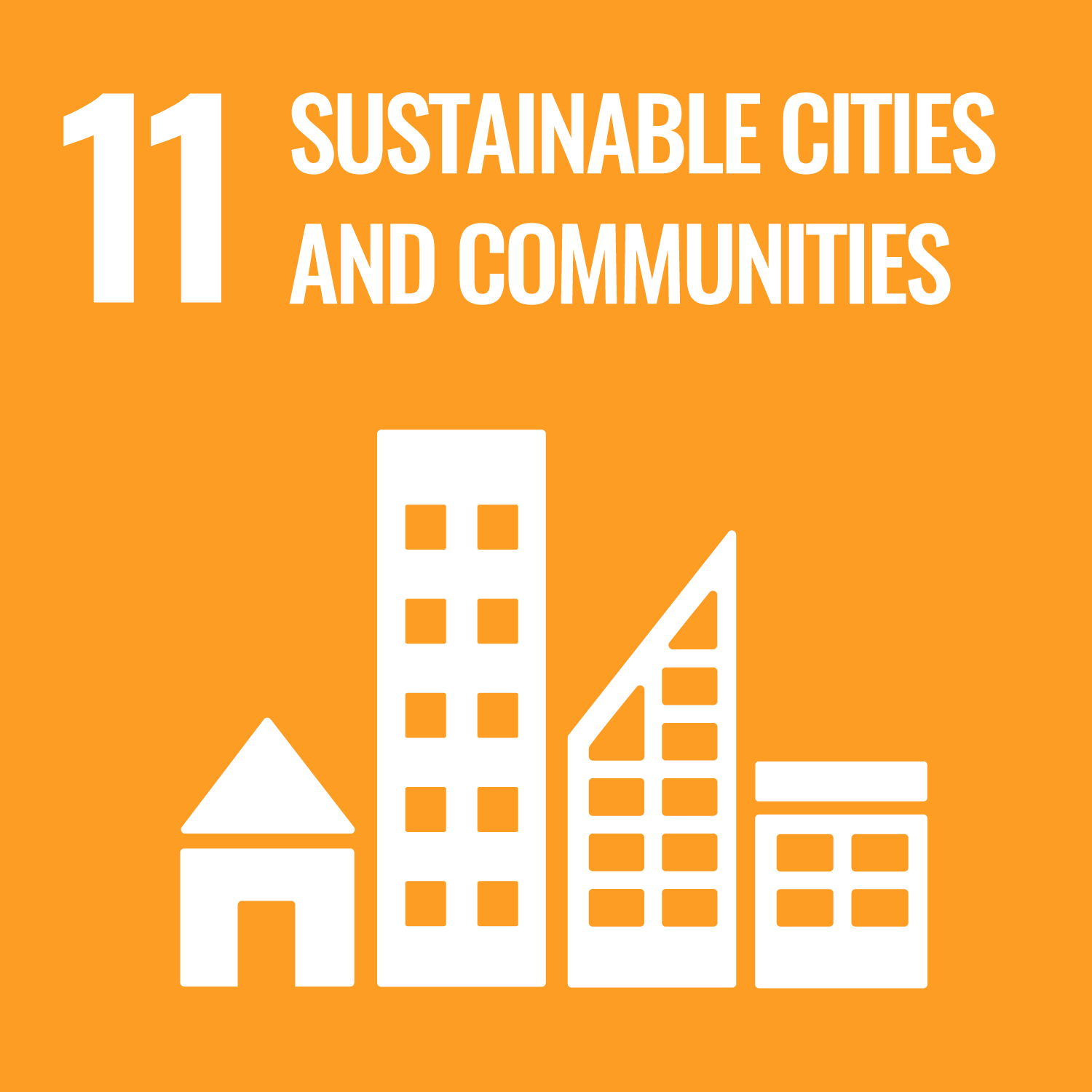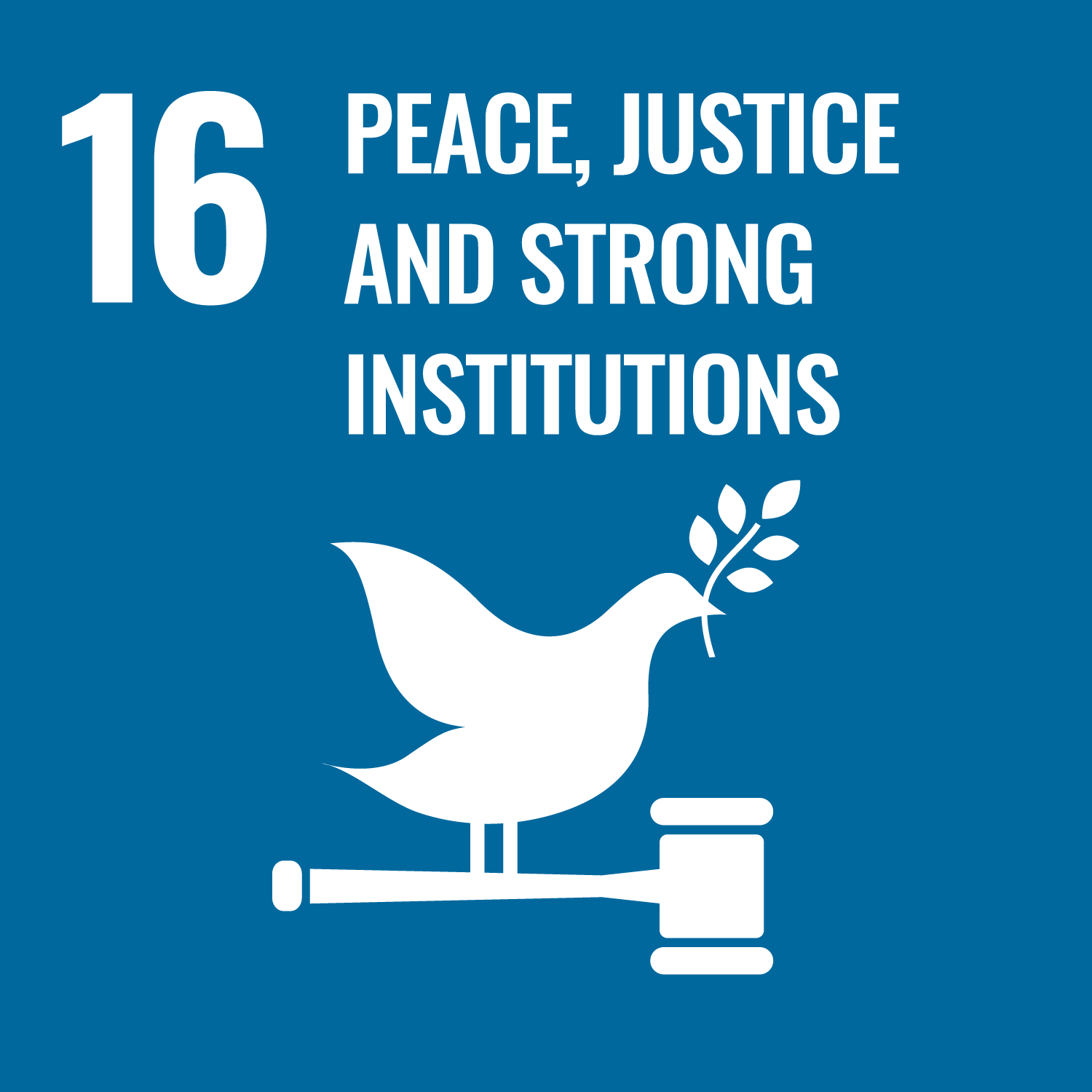Crossroads of Memory: Death, Trauma and Public Space in Turin
This paper is based on research I conducted for my Ph.D. on Memory and Prison in Turin, 1870-2004 at the interface between Cultural Memory, Oral History and Material Culture. The project focused on the space of the Turin prison - a now abandoned building whose future is still contested-and the memory and meaning of the events that occurred in it.
The paper focuses on the memory of the deaths of two prison guards, Lorenzo Cotugno and Giuseppe Lorusso who were shot dead by the Red Brigades in Turin respectively in 1978 and 1979. These murders occurred at the height of the anni di piombo (the ‘lead years’ 1976-1982) in which terrorism of the left and of the right seriously threatened the post-fascist Italian state. As ordinary citizens, as opposed to the politicians or industrialists who were more traditional targets of terrorist violence, the assassinated prison guards were celebrated as martyrs by the state, and their memory was used for political purposes from the very day of their funerals.
This paper discusses the way city space is used to articulate a particular memory of the conflict between the Italian state and criminal organizations. It considers the plaques placed on the prison walls to commemorate the assassinated guards in light of a long martyriological tradition, which contains a struggle over the meaning of political deaths and against particular forms of forgetting. The paper shows how the construction of a new courthouse across the street from the plaques and the re-naming (in honour of assassinated judges) of the streets surrounding the prison building try to create idealized notions of citizenship and loyalty to the state. Fantastic celebrations of heroic martyrs aim to soothe the traumas of death and powerlessness in the face of terrorism and organized crime. These celebrations, however, obscure the complexities connected to the memory of terrorism in Turin and the more painful aspects of the lives of the two prison guards who died in service.
By examining city space, photographs, commemorative practices relating to the guards, newspapers and most importantly the oral testimony of those who worked in the prison at the time, this paper brings forth the personal and public trauma connected to the memory of terrorism in Turin, and its yet unresolved, haunting manifestations. In press.
| Item Type | Conference or Workshop Item (Paper) |
|---|---|
| Subjects | Culture, Language & Literature |
| Divisions | Institute of Modern Languages Research |
| Date Deposited | 08 Oct 2010 10:20 |
| Last Modified | 04 Aug 2024 15:36 |


